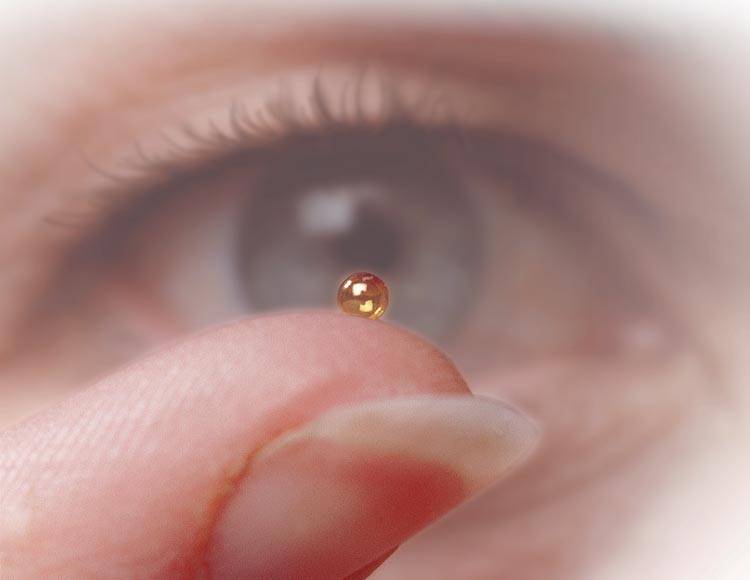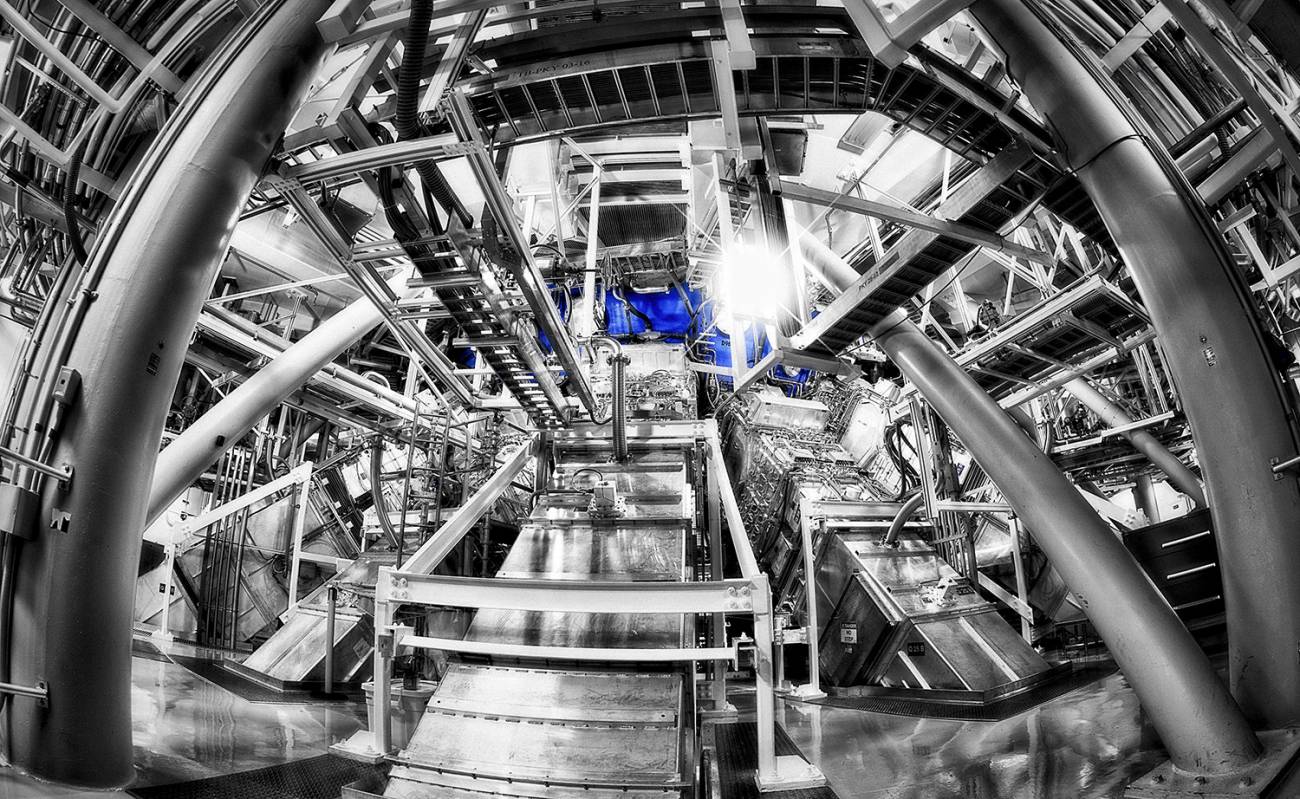The fusion of atomic nuclei releases large amounts of energy. It is the reaction that makes stars shine: two hydrogen nuclei join together and become helium, and in the process a part of the mass is converted into energy. Is it possible to 'tame' this reaction in such a way that in the future it will become a source of electrical energy for mankind?
Nuclear physics tells us that the bonding of hydrogen nuclei is achieved when they are at hundreds of millions of degrees. Under these conditions, matter is neither a solid, nor a liquid, nor a gas. Atoms are 'decomposed' into their two components: nuclei - the one we want to bond - and electrons. Thus decayed, matter is volatile, and needs to be confined in some form of container. In the experimental nuclear fusion reactor ITER, currently under construction in Cadarache, France, containment is achieved by powerful magnetic fields.
But there is another strategy, the so-called inertial confinement. In 1972, half a century ago now, the American physicist John Nuckolls proposed it as an idea in an article in Nature. Around the same time, Nobel laureate Nikolai Basov in the Soviet Union came to similar conclusions, followed shortly afterwards by Robert Dautray in France.
The idea of nuclear fusion by inertial confinement was proposed 50 years ago, and now one of its central ideas has finally been demonstrated
This was the start of a research field that over five decades has led to many breakthroughs in the area of energy, and in other areas of physics as well, such as lasers. It is now, however, with the results published last week, that a key idea of inertial fusion has finally been demonstrated.
Nanosecond laser pulses to create microsols
In inertial confinement fusion very small amounts of matter, just milligrams of hydrogen - specifically its isotopes deuterium and tritium - contained in millimetre capsules, must reach the same temperature and density conditions as those found on the Sun. How to achieve this? The answer lies in a high-energy laser with nanosecond pulses (0.000000001 seconds).
In inertial confinement fusion, lasers are used to bring milligrams of hydrogen (deuterium and tritium) in millimetre-sized capsules to temperatures like those of the Sun
The laser deposits its energy in the outer layer of the capsule containing the hydrogen, causing the layer to expand. By the 'rocket effect' - remember that in a rocket the gas goes out towards the ground and the rocket goes up towards the sky - the rest of the mass of the target is rapidly compressed inwards: an implosion. Once the temperature conditions in the hydrogen core are achieved, nuclear fusion reactions will begin there.

nd now comes the important part of the result published on 26 January in Nature and Nature Physics: they show that, as predicted 50 years ago, the kinetic energy of the helium nuclei resulting from the fusion reactions is deposited, by collisions, in the outermost zone with the densest hydrogen, heating it in turn and propagating the thermal wave from the inside to the outside - as we see when we throw a stone into the water.
The confinement time lasts only 0.1 nanoseconds! But if I manage to repeat this mechanism ten times per second, aha: then I have enough energy and power to think seriously about an electric power plant!
Naturally we all understand that, without anything to keep 'squeezing', matter will expand and will no longer be at the desired conditions. The confinement time lasts only 0.1 nanoseconds (0.0000000001 seconds)!
But if I manage to repeat that mechanism ten times a second, aha: then I have enough energy and power to think seriously about an electric power plant.
Much cheaper to compress than to heat
Now then: why is this double step of 'match in the centre and fire spreading' outwards necessary? Because it is much 'cheaper', in terms of energy required, to compress than to heat the same material. This is the secret and the importance of the achievement. With this theoretical argument, now validated by the new results, it makes sense to keep dreaming about this form of energy.
The article in Nature Physics reports the experiments and computational results carried out at the National Ignition Facility (NIF) at the Lawrence Livermore National Laboratory in the USA, together with other laboratories, which demonstrate after 50 years that this mechanism is a reality. NIF is a laser with 2 megajoules of energy in each pulse distributed in 192 beams and a few nanoseconds of pulse.
What is published now demonstrates burn propagation in the August 2020 and February 2021 experiments. Even higher energy values were achieved in August 2021, but this is a result that still needs to be repeated.
But there is more. What is needed is for the process to be repeated continuously over time and over the lifetime of the reactor. And for that the lasing of that energy would have to be repetitive. Research is ongoing, along with the search for an optimisation of the mechanism so that less laser energy is used.
Remaining challenges
Finally, there remain the challenges that are common to both confinement options: materials, cooling systems, the reproduction of tritium (an isotope that does not exist in nature and must be manufactured in situ). These are challenges that are being addressed, but whose time perspective will be beyond 2050 and beyond.
The question is: does it pay off? The answer is: yes. Even if time would take us to the 70s of this century (i.e. a century after its approach) its 'inexhaustibility' of fuel (hydrogen), its safety and its reduction of waste leads us to the prospect of solving, in combination with other sources, the energy problem that our grandchildren and great-grandchildren will talk about and talk about at their peril.
The other way to achieve electrical energy from nuclear fusion is magnetic confinement, which will not yield immediate results either. ITER is an experimental off-grid facility that will allow demonstration of ignition and burn-up and testing of systems later applicable to the final reactor or DEMO. Start-up will be around 2025-2026 and actual operation towards the expected achievements in 2035. DEMO is envisaged in the European Union in the 2050-2060 timeframe.
I conclude with a piece of news that is no less necessary for being known: Spain is awaiting final funding for the construction and operation of the IFMIF-DONES facility, which must demonstrate the viability of the materials proposed for the reactor structures.

